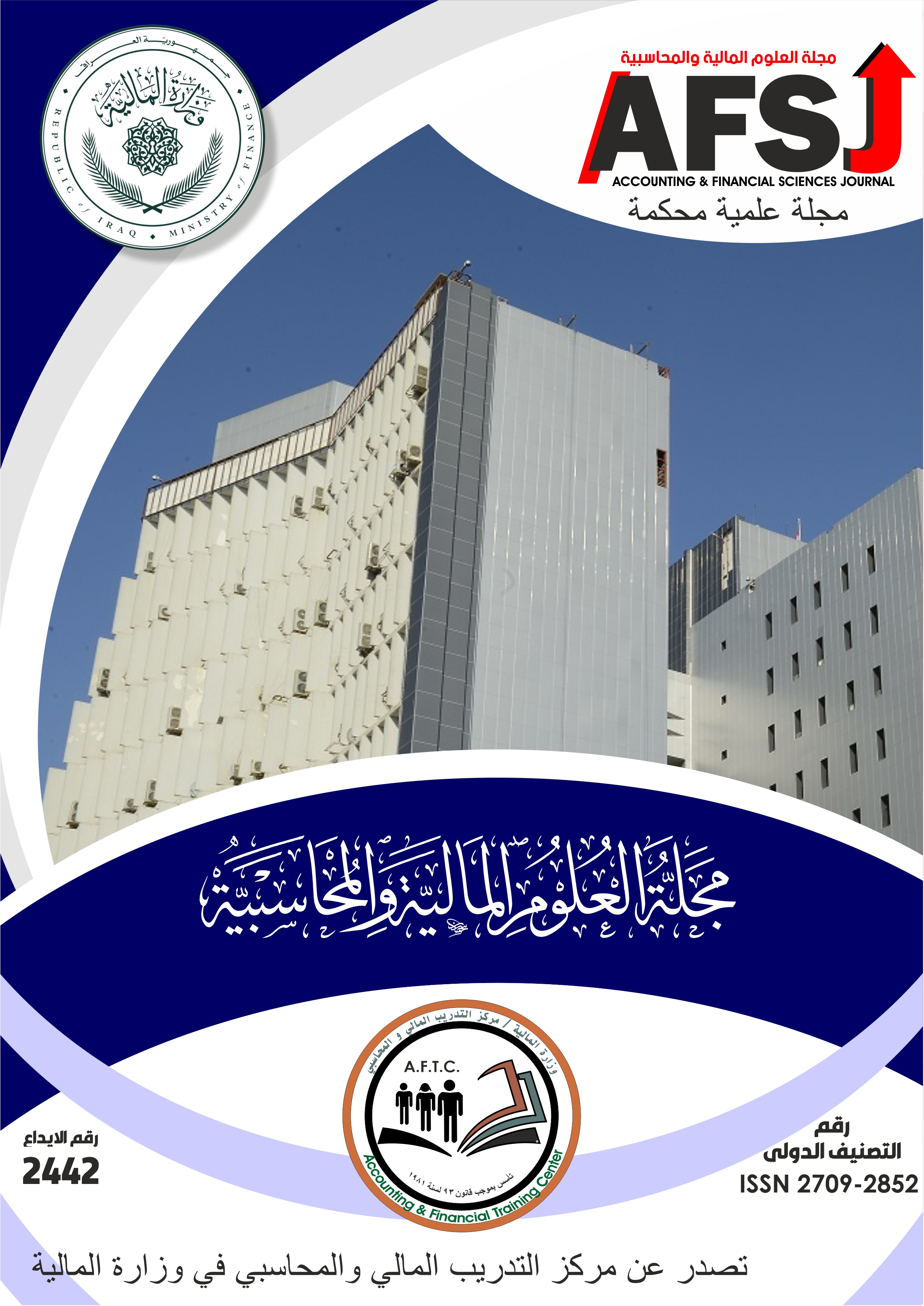Abstract
Investment in infrastructure is one of the key factors affecting the business environment and economic growth. However, this type of investment has direct and indirect effects on inflation rates. A double-digit increase in national income due to the resulting increase in aggregate demand has inflationary effects, especially if it is not matched by a similar increase in aggregate supply. This research aims to measure and analyze the impact of infrastructure investment on the inflation rate in Iraq for the period (2010-2022) using the NARDL model. The research found a short-term, non-linear, direct relationship between infrastructure investment and the inflation rate in Iraq. A 1% increase in infrastructure investment will lead to a 22.57% increase in the inflation rate, while a 1% decrease in infrastructure investment will lead to a 4.78% decrease in the inflation rate. The research also found that the impact of infrastructure investment on the inflation rate is weak in the long term due to the influence of economic policies on reducing inflation rates, especially since infrastructure investment expenditures represent a small portion of total expenditures in Iraq. The study also proposed a set of recommendations, the most important of which is adopting consistent fiscal and monetary policies to limit the impact of increased investment in infrastructure on the inflation rate, as well as strengthening the partnership between the public and private sectors to finance investment in infrastructure in a sustainable manner without affecting the price level.
Keywords
Inflation Rate
infrastructure investment
Iraq.
NARDL
Abstract
يُعد الاستثمار في البني التحتية من العوامل الرئيسية التي تؤثر على بيئة الاعمال والنمو الاقتصادي, ومع ذلك فإن لهذا النوع من الاستثمار تأثيرات مباشرة وغير مباشرة على معدلات التضخم، إذ أن للزيادة المضاعفة في الدخل القومي بفعل الزيادة الناجمة في الطلب الكلي تأثيرات تضخمية خاصة إذا لم يُقابل ذلك زيادة مماثلة في العرض الكلي . يهدف البحث الى قياس وتحليل تأثير الاستثمار في البنى التحتية على معدل التضخم في العراق للمدة (2010 – 2022) باستعمال نموذج NARDL.وقد توصل البحث الى وجود علاقة طردية قصيرة الاجل غير خطية بين الاستثمار في البنى التحتية ومعدل التضخم في العراق, اذ ان زيادة الاستثمار في البنى التحتية بنسبة 1% سيؤدي الى ارتفاع معدل التضخم بنسبة (22.57%) , في حين ان انخفاض الاستثمار في البنى التحتية بنسبة 1% سيؤدي الى انخفاض معدل التضخم بنسبة (%4.78), كما توصل البحث الى ان تأثير الاستثمار في البنى التحتية على معدل التضخم يكون ضعيفاً في الامد الطويل بسبب تأثير السياسات الاقتصادية في الحد من معدلات التضخم خصوصاً ان النفقات الاستثمارية في البنى التحتية تمثل جزءًا صغيراً من اجمالي النفقات في العراق. كما اقترح البحث مجموعة من التوصيات من أهمها تبني سياسات مالية ونقدية متناسقة للحد من تأثير زيادة الاستثمار في البنى التحتية على معدل التضخم, فضلاً عن تعزيز الشراكة بين القطاع العام والقطاع الخاص لتمويل الاستثمار في البنى التحتية بشكل مستدام دون التأثير على مستوى الاسعار .
Keywords
NARDL
الاستثمار في البنى التحتية
العراق.
معدل التضخم
